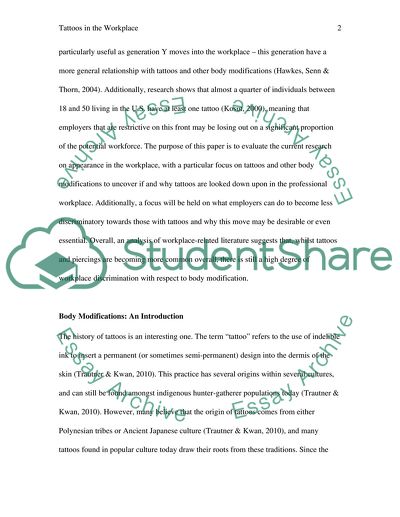Cite this document
(“Tattoo Discrimination in the Workplace Annotated Bibliography”, n.d.)
Tattoo Discrimination in the Workplace Annotated Bibliography. Retrieved from https://studentshare.org/human-resources/1803417-tattoo-discrimination-in-the-workplace
Tattoo Discrimination in the Workplace Annotated Bibliography. Retrieved from https://studentshare.org/human-resources/1803417-tattoo-discrimination-in-the-workplace
(Tattoo Discrimination in the Workplace Annotated Bibliography)
Tattoo Discrimination in the Workplace Annotated Bibliography. https://studentshare.org/human-resources/1803417-tattoo-discrimination-in-the-workplace.
Tattoo Discrimination in the Workplace Annotated Bibliography. https://studentshare.org/human-resources/1803417-tattoo-discrimination-in-the-workplace.
“Tattoo Discrimination in the Workplace Annotated Bibliography”, n.d. https://studentshare.org/human-resources/1803417-tattoo-discrimination-in-the-workplace.


